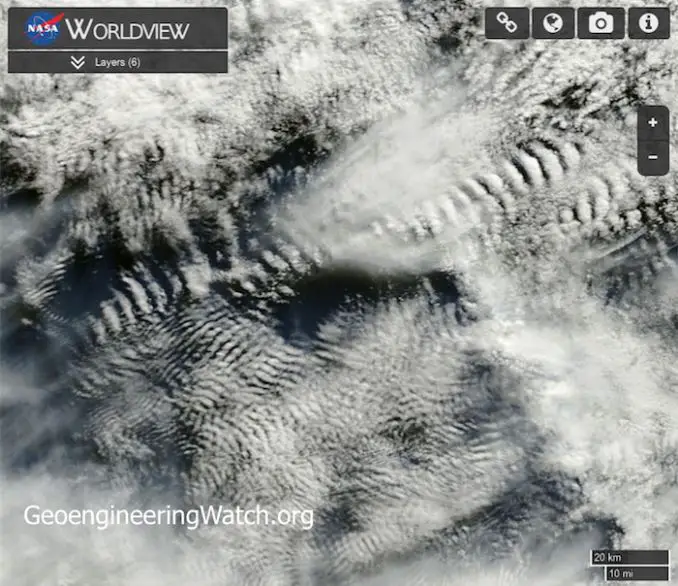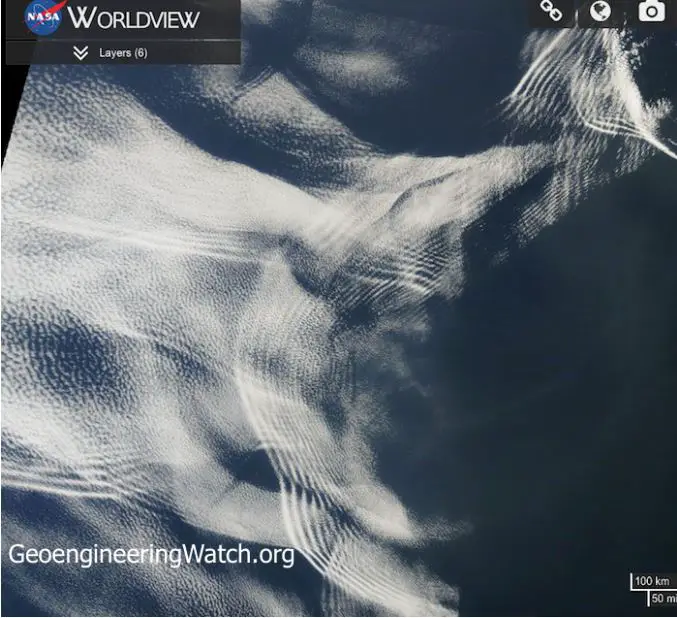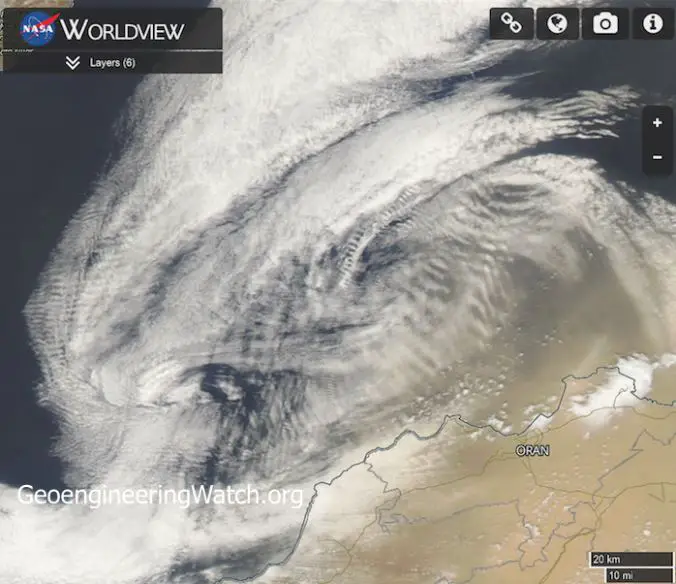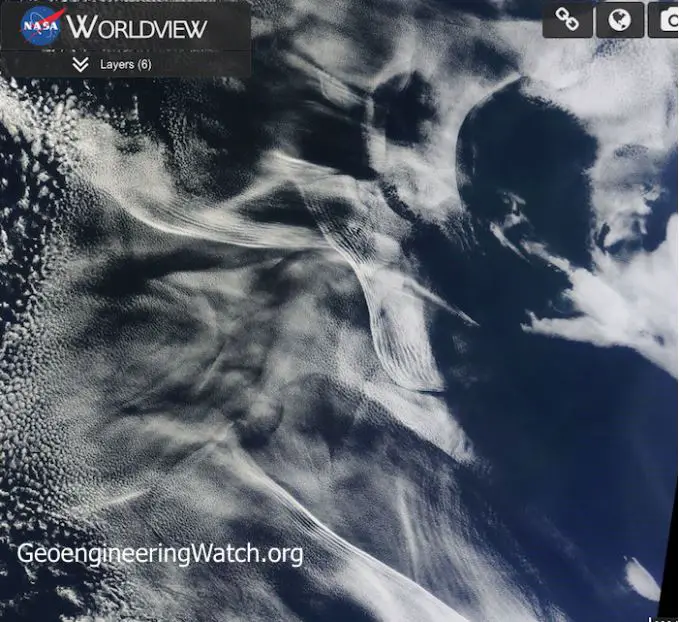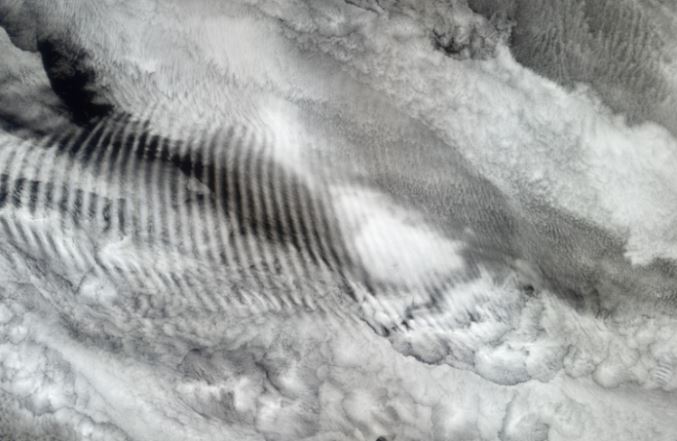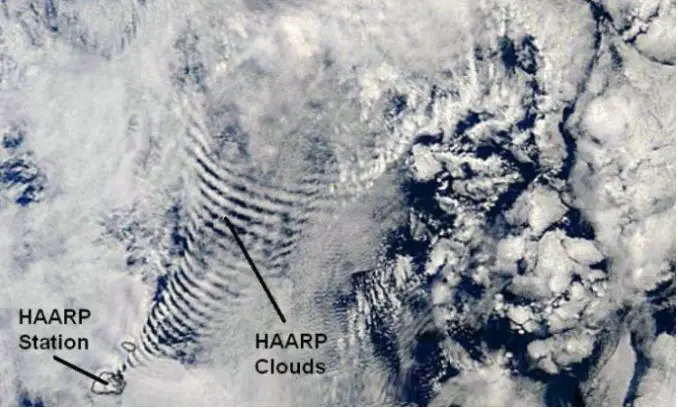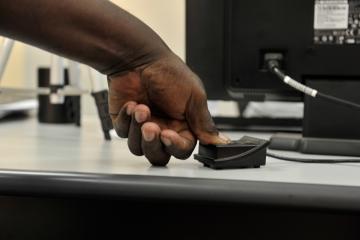https://www.climatechangepost.com/ireland/coastal-floods/
IRELAND – Coastal floods – Ireland –
Weather Weapons DISGUISED as Climate Change
The Fighting Irish are Under Attack
a Silent Weapons System
Coastal flood risk Ireland
Variation in the late Quaternary ice loading of Ireland has led to a north-to-south gradient in isostatic crustal movements, resulting in predominantly emergent coasts in northern areas and changing southwards to coastal environments that are submergent to ‘‘apparently stable’’. Relative sea level for Ireland is rising 1 mm/y on average, although there are significant regional variations (9). At present, there are no apparent effects of climate warming on SLR (10).
Belfast is rising as a consequence of glacial isostatic adjustment. This adjustment is occurring at a rate that, from the data, appears to be exceeding current sea level rise. This is observed as a local drop in sea level. Dublin and Malin Head are also emerging. However, the rate of emergence is outweighed by sea level rise. This results in a small change in sea level, relative to the global average. Sea level at Dublin is currently rising by 0.23 mm per year (1).
Central estimates of relative sea-level rise for Belfast are 7.8cm by 2020, 18.6cm by 2050 and 40.3cm by 2095 (11).
Global sea level rise
Observations
For the latest results: see Europe Coastal floods
Projections
For the latest results: see Europe Coastal floods
Extreme water levels – Global trends
More recent studies provide additional evidence that trends in extreme coastal high water across the globe reflect the increases in mean sea level (15), suggesting that mean sea level rise rather than changes in storminess are largely contributing to this increase (although data are sparse in many regions and this lowers the confidence in this assessment). It is therefore considered likely that sea level rise has led to a change in extreme coastal high water levels. It is likely that there has been an anthropogenic influence on increasing extreme coastal high water levels via mean sea level contributions. While changes in storminess may contribute to changes in sea level extremes, the limited geographical coverage of studies to date and the uncertainties associated with storminess changes overall mean that a general assessment of the effects of storminess changes on storm surge is not possible at this time.
On the basis of studies of observed trends in extreme coastal high water levels it is very likely that mean sea level rise will contribute to upward trends in the future.
Storm surge
In Ireland, flooding is associated mainly with heavy rainfall which can lead to enhanced river-flow and over-topping of river banks. However, coastal flooding events also cause devastating effect, particularly those associated with storm surge events that occur in combination with spring tides. The effects may be enhanced locally by the coastal topography (3).
Waves
Storminess along Irish coast will probably decrease
It is highly uncertain how winter storm tracks over the North Atlantic Ocean may change under climate change this century (28). Following the general consensus in the literature to date, the average wind changes over the North Atlantic by the end of the century are small and negative and less than the high natural interannual variability of the region (29). Natural variability is large and dominant and is projected to remain so for the century to come.
Vulnerabilities Ireland
Coastal flood probability
Between 1961 and 2006 40 periods have been identified where coastal flooding was generated in Ireland, a major coastal flooding event being defined as an inundation in excess of 0.5 m of an otherwise dry coastal area. The inundation levels varied from 0.5 m to a couple of metres (32).
Under future scenarios of global warming, the current 100-year extreme water level is likely to reoccur every 1–2 years with the sea levels predicted for 2100 (medium value for sea level rise of 0.48 m) (1).
The effect of a sea level rise on estuaries will tend to enlarge their vertical and horizontal extent, resulting in the penetration of tides further upstream. The outflow from rivers would be impeded as a consequence, which, in a high intensity rainfall event where runoff is high, would increase the risk of flooding (1).
Potential coastal damage
Ireland is quite fortunate in that the effects of sea level rise on the coastline may not be felt as severely as in some other countries in Europe. Areas in the south of the country are likely to feel the effects first, particularly low-lying coastal locations with little or no natural protection and located on ‘soft’ or easily eroded material. In Ireland, the impacts of sea level rise will be most apparent in the major cities of Cork, Limerick, Dublin and Galway (1).
Economic impacts of sea level rise for Europe
The direct and indirect costs of sea level rise for Europe have been modelled for a range of sea level rise scenarios for the 2020s and 2080s (16). The results show:
- First, sea-level rise has negative economic effects but these effects are not particularly dramatic. In absolute terms, optimal coastal defence can be extremely costly. However, on an annual basis, and compared to national GDP, these costs are quite small. On a relative basis, the highest value is represented by the 0.2% of GDP in Estonia in 2085.
- Second, the impact of sea-level rise is not confined to the coastal zone and sea-level rise indeed affects landlocked countries as well. Because of international trade, countries that have relatively small direct impacts of sea-level rise, and even landlocked countries such as Austria, gain in competitiveness.
- Third, adaptation is crucial to keep the negative impacts of sea-level rise at an acceptable level. This may well imply that some European countries will need to adopt a coastal zone management policy that is more integrated and more forward looking than is currently the case.
Adaptation strategies – Ireland
Spatial planning
According to the Environmental Protection Agency (1) a sensible approach to coastal management for sea level change is
- no new building or new development within 100 m of ‘soft’ shoreline,
- no further reclamation of estuary land,
- no removal of sand dunes, beach sand or gravel,
- all coastal defence measures to be assessed for environmental impact. Where possible, the landward migration of coastal features, such as dunes and marshes should be facilitated. These features form an integral part of the coastal system, physically and ecologically, and provide protection against wave energy through dissipation.
The Agency states that a policy of planned retreat in some areas, combined with prohibitions on new developments in vulnerable coastal zones offers the best economic solution for most areas in Ireland.
Adaptation strategies – The costs of adaptation
Both the risk of sea-level rise and the costs of adaptation to sea-level rise in the European Union have been estimated for 2100 compared with 2000 (17). Model calculations have been made based on the IPCC SRES A2 and B1 scenarios. In these projections both flooding due to sea-level rise near the coast and the backwater effect of sea level rise on the rivers have been included. Salinity intrusion into coastal aquifers has not been included, only salt water intrusion into the rivers. Changes in storm frequency and intensity have not been considered; the present storm surge characteristics are simply displaced upwards with the rising sea level following 20th century observations. The assessment is based on national estimates of GDP.
References
The references below are cited in full in a separate map ‘References’. Please click here if you are looking for the full references for Ireland.
- Environmental Protection Agency (2003)
- Wang et al. (2008)
- Wells (1997), in: Wang et al. (2008)
- Flather and Smith (1998), in: Wang et al. (2008)
- Lowe et al. (2001), in: Wang et al. (2008)
- Woth et al. (2005), in: Wang et al. (2008)
- Department of the Environment, Heritage and Local Government (2010)
- Irish Academy of Engineering (2009)
- Devoy (2008)
- Devoy (2000a, 2000b), in: Devoy (2008)
- UKCIP09 UL Climate Projections 09, in: Northern Ireland Environment Agency (2009?)
- Bindoff et al. (2007), in: IPCC (2012)
- Church and White (2011), in: IPCC (2012)
- Velicogna (2009); Rignot et al. (2011); Sørensen et al. (2011), all in: IPCC (2012)
- Marcos et al. (2009); Haigh et al. (2010); Menendez and Woodworth (2010), all in: IPCC (2012)
- Bosello et al. (2012)
- Hinkel et al. (2010)
- Cazenave et al. (2014)
- IPCC (2014)
- Watson et al. (2015)
- Yi et al. (2015)
- Church et al. (2013), in: Watson et al. (2015)
- Shepherd et al. (2012), in: Watson et al. (2015)
- Church et al. (2013), in: Watson et al. (2015)
- Vousdoukas et al. (2016)
- Brown et al. (2010, 2012); Debernard and Røed (2008); Lowe et al. (2009), all in: Vousdoukas et al. (2016)
- Gallagher et al. (2016)
- Church et al. (2013), in: Gallagher et al. (2016)
- Collins et al. (2013), in: Gallagher et al. (2016)
- Dobrynin et al. (2012); Hemer et al. (2013b), both in: Gallagher et al. (2016)
- Woolf and Wolf (2013), in: Gallagher et al. (2016)
O’Brien et al. (2018)


 +2
+2 +2
+2
